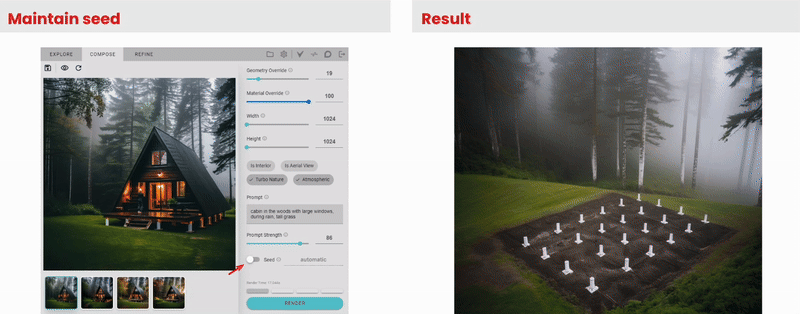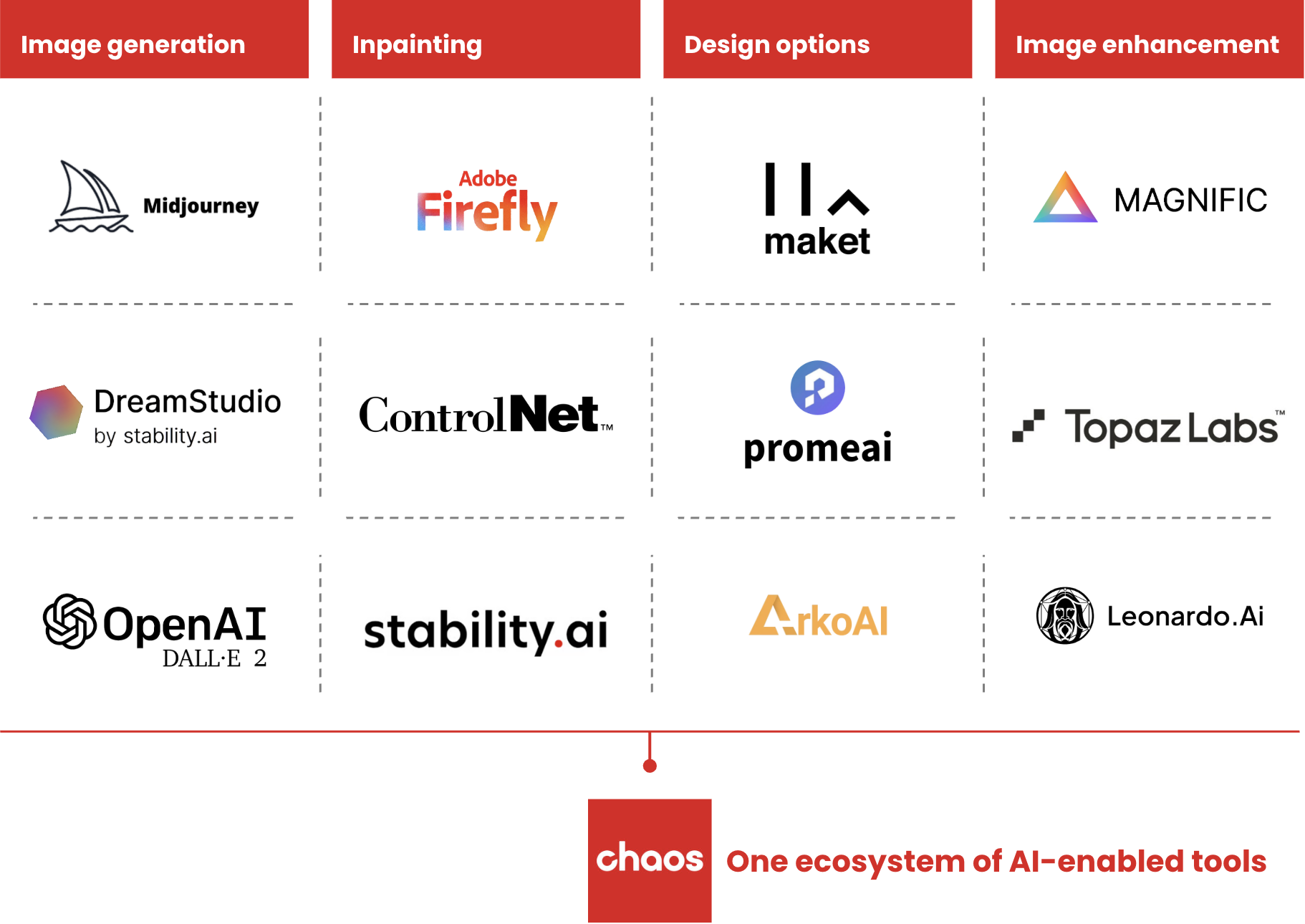The world of architectural visualization is evolving rapidly, driven by new technologies and shifting industry demands. To capture the latest trends, Architizer and Chaos surveyed more than 1,000 design professionals worldwide, uncovering key insights into the challenges and opportunities shaping the field. The results are now available in the free-to-download State of Architectural Visualization 2024-25 Report — a must-read for architects, designers, and visualization specialists looking to stay ahead of the curve.
In an engaging webinar hosted by Architizer and Chaos, Roderick Bates, Director of Corporate Development at Chaos, took to our virtual stage to explore the findings of the 2024-25 survey and report — and what they mean for the future of architectural visualization. Read on to discover the key points from Bates’ captivating presentation.
Your browser does not support this, try viewing it on YouTube: YOUR URL
Shifting Demographics and Global Reach
Bates began by highlighting the wide-reaching, diverse nature of the survey respondents, which helps to substantiate and increase confidence in the findings. This year’s survey reflected a wider range of voices than ever before, with participants hailing from more than 75 countries. While 40% were U.S.-based, there was a significant increase in participation from the EU, UK, Oceania, and Asia. Firm size varied as well, with 64% of responses coming from small firms with fewer than 20 employees juxtaposed with a healthy 14% representation from firms with 100+ employees.
“This kind of spread means that the data speaks to everyone in the AEC industry — from freelancers to global studios,” Bates emphasized. “All those different stakeholders have different needs, and the survey helps us understand them.”
Chaos and Architizer’s annual industry reports include “The Future of Architectural Visualization” (2023), “The State of AI in Architecture” (2024), and “The State of Architectural Visualization” (2024-2025). Download the latest report for free here.
Bates emphasized that this year’s survey data has already shaped real-world strategy for Chaos: “This is information that’s incredibly valuable to us as a company when we think about what products to develop — large-scale initiatives, M&A, and more.” The report has been used in internal product roadmaps and even supported due diligence in recent acquisitions.
Acceleration and Specialization in AI
AI emerged as a central theme in both the report and the webinar — a fact that should come as no surprise given the rapid emergence of this technology in recent years. According to the data, 56% of respondents are now actively using AI tools in their workflows, up dramatically from last year’s insights into AI across the industry. 35% are using AI to generate quick variations, while 44% are generating concept images and ideas early in design.
These numbers appear to show that a “maturing” process is underway when it comes to AI usage within architecture. “People are no longer AI-hesitant,” Bates said. “We’re seeing a lot of firms experimenting with it, and the number of people fully invested — who say it’s part of their workflow — is growing.”

Chaos recently acquired EvolveLAB and is developing integrated AI tools for its suite of architectural visualization applications. Roderick’s webinar demonstrated a range of potential applications for AI, including this animated construction timelapse.
Chaos’s response to this evolving landscape is characteristically dynamic — they have already developed and launched tailor-made AI tools like the AI Enhancer in Enscape, which can instantly improve the realism of renderings, and have acquired EvolveLAB, which creates high-quality AI-driven tools for visualization, modeling and project documentation. “These aren’t generic solutions anymore,” commented Bates. “These are tools trained on architectural datasets, made specifically for architectural visualization.”
Benefits of AI cited in the survey included faster workflows, enhanced creativity, and lower costs — “this sounds like a CFO’s dream right here”, remarked Bates. He went on to present examples of AI in action, from a sketch being transformed into a rendering, to instant material variations for a contemporary interior.
Standardization, Integration, and the Path Forward
The webinar also tackled some of the biggest roadblocks identified in the report: integration friction, lack of standardization, and concerns around quality control. “Architectural firms thrive on consistency,” said Bates, “and AI’s variability can be a headache.”
To address this, Chaos is building standardized prompt libraries and working toward seamless integration across its visualization tools. “You shouldn’t have to redo work,” Bates emphasized. “If you’re in our ecosystem — or bringing in data from other platforms — it should just work.”

Additionally, sustainability was highlighted as another challenging yet high-potential area within visualization workflows, based on survey feedback. As Bates explained, tools like Enscape Impact now offer rapid building performance simulations integrated directly into the design environment, requiring just a small number of key inputs. “It almost gets to the level of an AI prompt,” he noted. Architects are seeking even more automation and ease of use within this niche, signaling a strong demand for sustainability tools that are faster, smarter, and more intuitive — underscoring a major opportunity for future innovation.
The webinar concluded with a lively Q&A, with AI predictably at the center of the debate. Some viewers expressed apprehension around the rapid adoption of these tools, while others pointed to the promise of AI’s efficiencies, freeing them up to focus more on design ideation.
Whichever side of the argument you land on currently, one thing is certain — the State of Architectural Visualization report provides an invaluable source of insight into the industry today — and where it is heading tomorrow.
To learn more and download your free copy of the report, click here, and learn more about Chaos’s latest developments in architectural visualization here.

